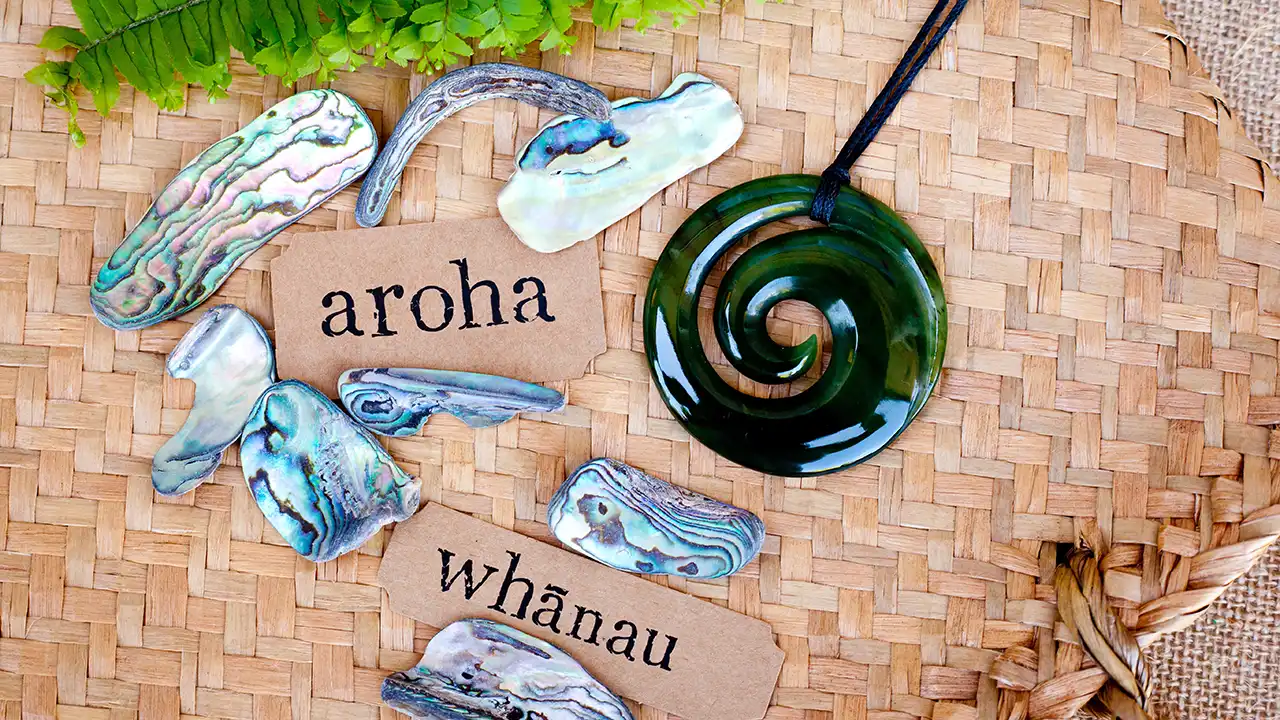Pūtoi Ako
Te Tiriti, mātauranga, and kaupapa Māori pedagogiesExplore definitions and practical applications of mātauranga, kaupapa Māori pedagogies, and Te Tiriti in teaching and curriculum.
Pūtoi Ako is a term popularised in Māori-medium and kaupapa Māori education to describe pedagogical approaches that are particular to these settings. As part of the Curriculum Framework Transformation the Pūtoi Ako specialist working group provides Te Tiriti, kaupapa Māori pedagogies, and mātauranga Māori initiatives and recommendations.
In this section of TeachWell, you will find resources and practice examples for teachers engaging with Te Tiriti and He Whakaputanga, te reo Māori, mātauranga, and place-based curriculum.
Te waharoa | The gateway
Te Tiriti and he whakaputanga.
Mātauranga Māori
Utilising Māori ways of knowing and being.
Te reo Māori
Using te reo Māori in learning spaces.
Place-based curriculum
Drawing from local narratives, histories, and perspectives.
He Aratohu Haumaru: For Learner Success
Strategies to enhance learner success at Waipapa Taumata Rau.
Page updated 30/10/2024 (new title for place-based)





